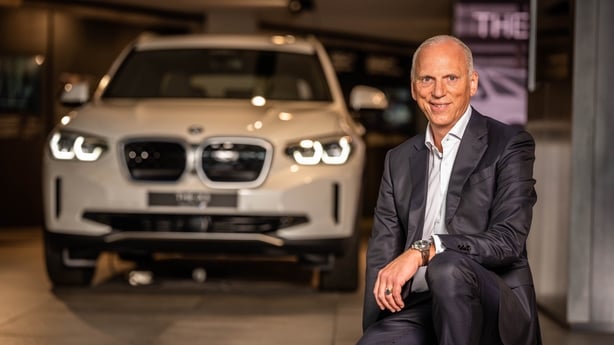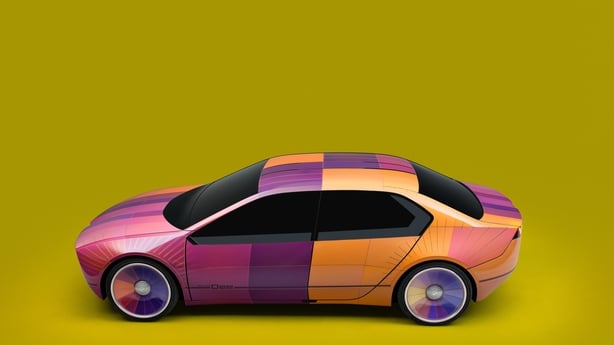BMW has announced it will become more and more involved directly with customers for its MINI and BMW brands within the next three years. After the Tesla revolution, other manufacturers will be following suit, as car buying becomes increasingly digital.
BMW's head of Sales and Marketing, Pieter Nota, says the company won’t be eliminating dealerships but it will be more centrally involved in interactions with customers.
"We will not bypass dealers in taking this step. It will be a triad that benefits all three parties involved in the process of buying a vehicle" he recently told Automotive News.

'We will improve the customer experience and provide an attractive business model for our agents, and at the same time gain direct access to the customer.’
Nota says "customers frequently switch between an offline and an online world. The customer starts looking online, configures a vehicle with us, and then wants to take a look at the selected model at the dealership. This is currently creating a systemic break, which we want to eliminate. Our web activities and the dealer systems are not yet linked. In the future, we will introduce a uniform IT system", he said in the AN interview.
He said BMW has developed a commission model for dealers but declined to detail how much commissions would be or how they would be structured.
The international consultancy firm, Mc Kinsey, has also been analysing car buying trends over the next 15 years and asking car buyers around the world whether they want an Amazon, Cartier or Apple experience but concludes that there is no model that fits all customers.
"What the customer really wants is a car-purchasing process that is personalized and fun", says Thomas Furcher of Mc Kinsey’s Vienna office.
Inga Maurer of the company's Chicago office talks about an "omnichannel experience" by 2030.

"If you think about an omnichannel car-buying experience, it would likely mean starting on the website and exploring products but not necessarily asking, "do I want brand A or brand B?" It will be more like, "what is the feature set that I want?" So it might start with "what is your personality?" And it [the website] might then recommend to you a set of vehicles that is fit for purpose based on what you want to tactically do but also on your personal style and what you want to express with owning a car.

Thomas Furcher says "a big cost driver in the current distribution setup is the number of cars that you have in a dealership. In the future, dealerships will have very few cars. I still think there will be a few—but then, through virtual reality, you can modify them, you can experience them in different ways. You can say, for example, "I want to see it in red." Virtual reality will transform this car into another color or into other features.
Mc Kinsey also sees a dramatic change in what kind of cars people will one and even for how long.
"We think there will be real customization in the dealership. So, for example, "do I still need this car seven days a week? Or do I need a bigger car on the weekend? Or do I need a bigger car in the winter when I want to go skiing?" And so it might be the purchase of the car, plus a package to have access to a different vehicle in the summer, the convertible for fall weekends, and in the winter the SUV to go in the mountains—so something that is really customized and tailored to who you are and what you want your vehicle for", says Maurer.
She also sees an end to price haggling and predicts a fixed price will become the norm, with little or no room for negotiation.
"When we talk about price, it will be less and less the price for the entire vehicle. But it will be the price for maybe a month of usage of this car or for a certain mileage. So there will be different packages—also in line with the shift to shared mobility, subscription services, and so on. So there will be different ways of quoting a price, but it will be a fixed price", adds Furcher.


